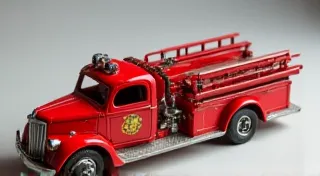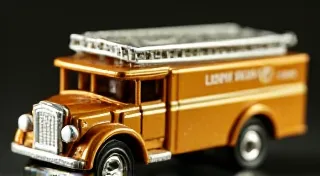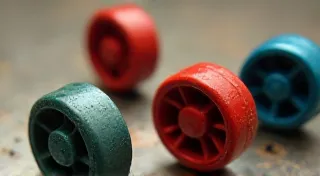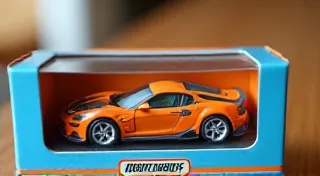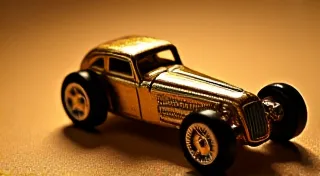The History of Matchbox Cars: From Lesney to Mattel
Matchbox cars. The very name conjures images of miniature vehicles, meticulously detailed, and sparking a passion for collecting that spans generations. But the story of these iconic toy cars is far more than just a simple creation; it's a fascinating journey through innovation, business acumen, and a changing global landscape. Let's trace the evolution of Matchbox cars, from their humble beginnings in England to their global success under Mattel.
The Early Years: Lesney Products and the Birth of an Idea
The story begins in 1947 with Lesney Products, a company founded in London by Lesney Brothers – Aland, Rodney, and Donald. Initially, they produced die-cast toy vehicles for British companies. The inspiration for Matchbox cars came from the difficulty Aland Lesney experienced trying to transport his young daughter's toy cars in his briefcase. He realized there was a need for smaller, more portable toy cars. The first Matchbox toy, a dark green MG TC, was released in 1952. Its success was immediate.
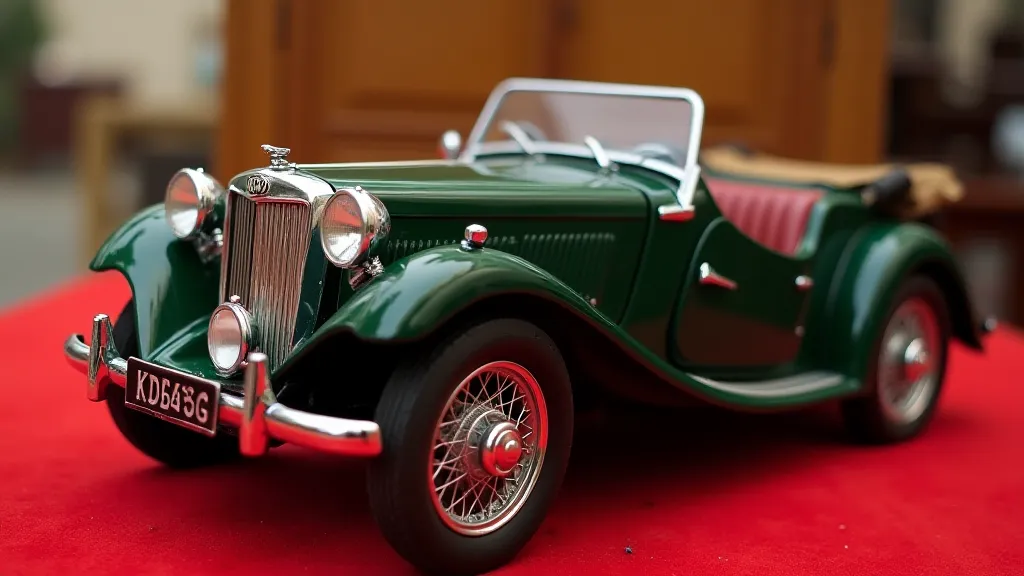
The name “Matchbox” came from the way the miniature cars were originally packaged – in a matchbox-sized container. These early models were remarkable for their level of detail, mimicking real-world vehicles, from classic cars to fire engines. The series rapidly expanded, introducing a wide variety of vehicles, each with its own unique charm.
The Golden Age: Expansion and Innovation (1950s - 1960s)
The 1950s and 1960s marked the golden age for Matchbox cars. The company rapidly expanded its range, introducing new series and incorporating innovative features. The '100' series was particularly popular, offering a wide assortment of vehicles that appealed to a broad audience. Models now included racing cars, construction vehicles, and even military vehicles, reflecting the interests of young collectors.
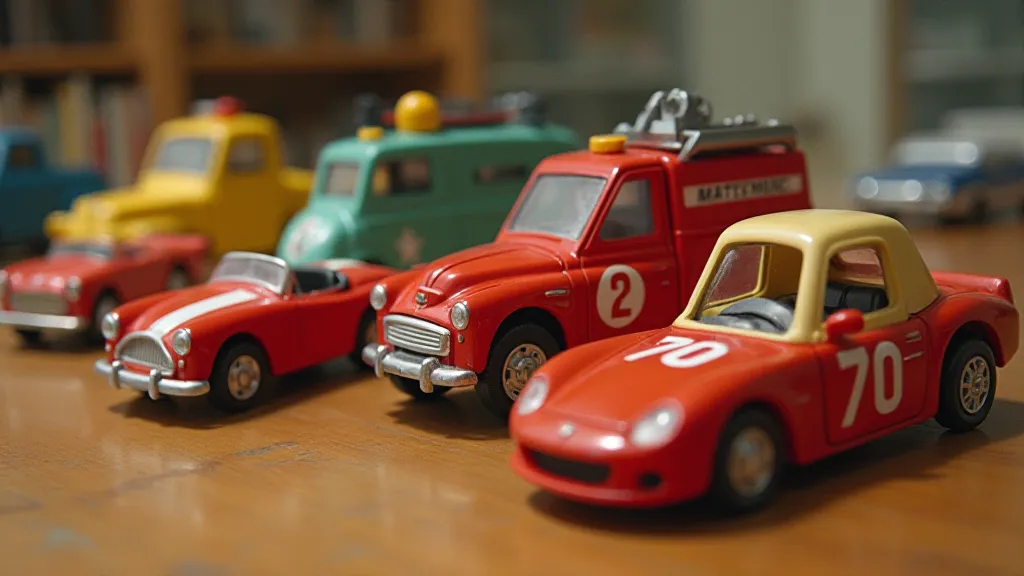
The level of detail continued to improve, with intricate grille work, detailed interiors, and even opening doors on some models. The 'Major Pack' series, featuring larger, more elaborate vehicles, further broadened the appeal of Matchbox cars.
The American Adventure and the Acquisition by Mattel (1969 - 1990s)
In 1969, American toy giant Mattel acquired Lesney Products. This marked a significant turning point in the history of Matchbox cars. While the British heritage remained, Mattel brought its considerable marketing and distribution expertise to the brand, pushing Matchbox cars to even greater heights of global popularity.
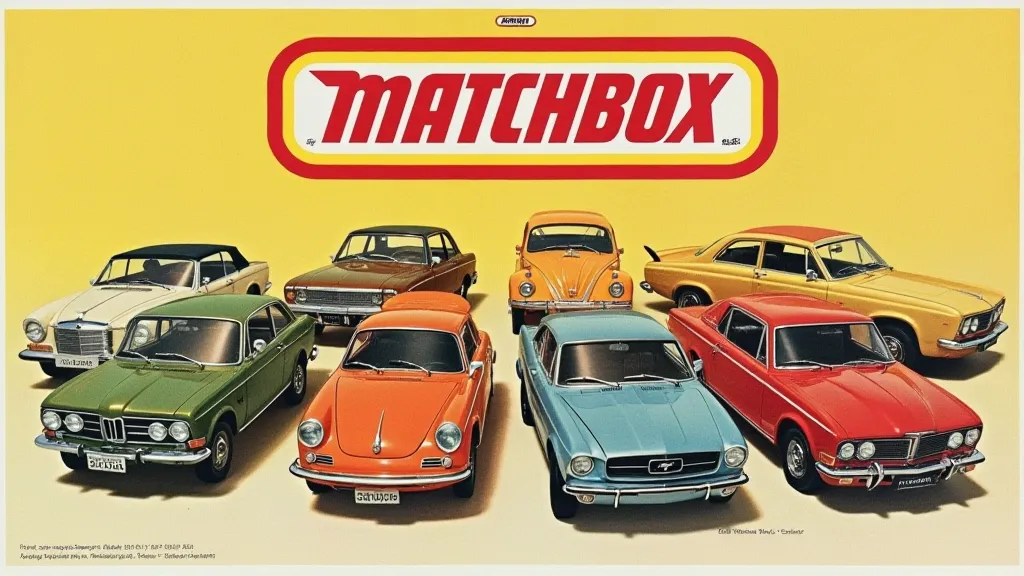
Mattel also introduced changes to the design and manufacturing processes. While some purists lamented the departure from the original British styling, Mattel’s focus on innovation led to new series, including the ‘Real Riders’ series in the 1970s, known for their rotating wheels.
From Mattel to Today: A Continuing Legacy
Throughout the decades under Mattel’s ownership, Matchbox cars have maintained their position as a beloved toy. Production shifted globally, and designs evolved to reflect changing tastes and trends. While the brand has faced challenges and ownership changes within Mattel, the core appeal of miniature, detailed vehicles remains strong.
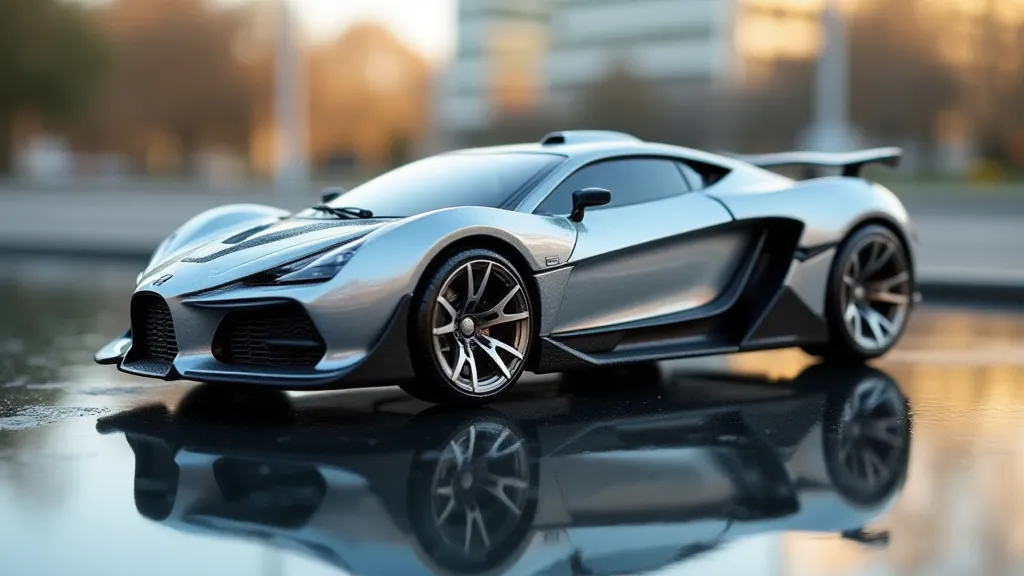
Today, Matchbox cars continue to inspire collectors and delight children worldwide, a testament to the enduring legacy of Lesney's ingenious creation. They represent a fascinating piece of toy history, a blend of British ingenuity and American marketing power, and a passion for collecting that shows no signs of slowing down.
